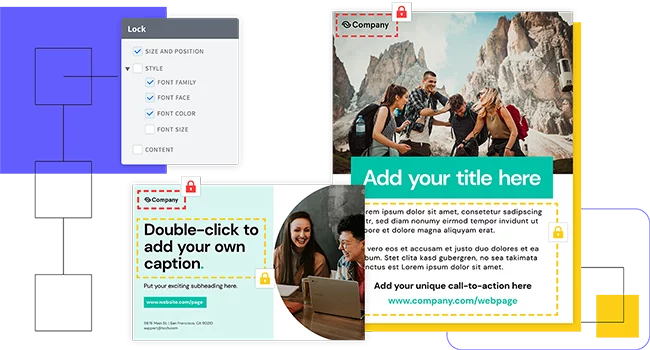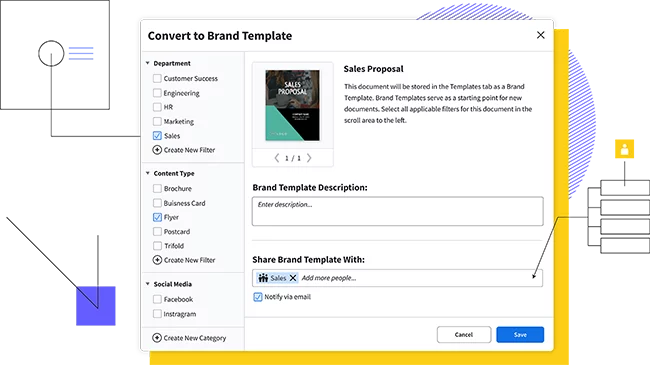Marq offers a wide range of free templates to get your pamphlet layout and design just right. Customize the template by hand or unlock the power of Smart Brand Assets. Upload your brand’s colors, font and logo to access a collection of templates customized to your brand.
How to make a pamphlet
From the era of Thomas Paine and other leaders of the American Revolution, pamphlets have been a powerful means of calling your audience to action. Unlike other forms of print media, pamphlets have an emphasis on text. Pamphlets make information easily accessible and inexpensive to distribute. In Marq, it’s easy to lay out both the form and content of your pamphlet—check it out for yourself!


Haven't signed up yet?
Give us a try.
 Sign up with Google
Sign up with Google
By signing up you agree to our Terms of Service and Privacy Policy
How to create a pamphlet
Step 1: Perfect your text
Pamphlets are a form of persuasive writing: it is important to make a cogent argument. Review what you’ve written — does it flow together well? Does each point relate back to the aim of your pamphlet?
Learn to use the art of the paragraph. By breaking up your ideas into manageable chunks, you will keep your audience on board. No one enjoys reading an undifferentiated wall of text.
Pin down the reason you are making a pamphlet. Are you selling a product or an idea? Whether you’re writing about goods or services, if you don’t know what you’re communicating, your audience won’t.
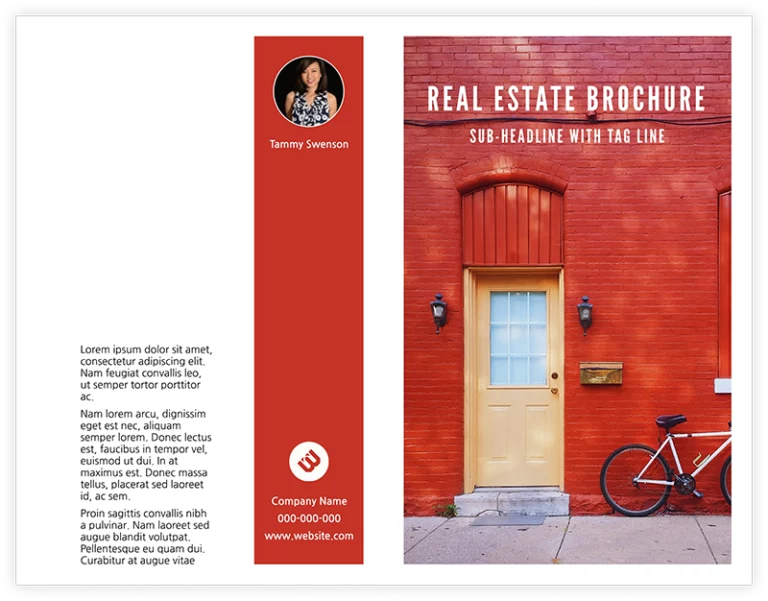
Step 2: Decide on a layout
Pamphlets come in a variety of layouts. Choose one that meets your purposes or your style.
Trifold pamphlet Making a trifold pamphlet is very similar to making a brochure. This type of pamphlet is short and sweet. When you make a trifold brochure, make sure that the crux of your argument is on the cover.
Single page pamphlet This format of pamphlet uses the same principles you use when creating a flyer. You can choose to make your pamphlet single- or double-sided. It’s a good idea to use columns to break up your message. Don’t forget an image!
Small booklet Perhaps the most traditional form of pamphlet, you can leaf through a booklet for more in-depth information. Common Sense was one of the most influential pamphlets in world history. The word “pamphlet” comes from a Latin love poem named Pamphilus. Whether you’re writing about revolution or love, book-like pamphlets put the ability to produce and distribute a message in the hands of anyone.
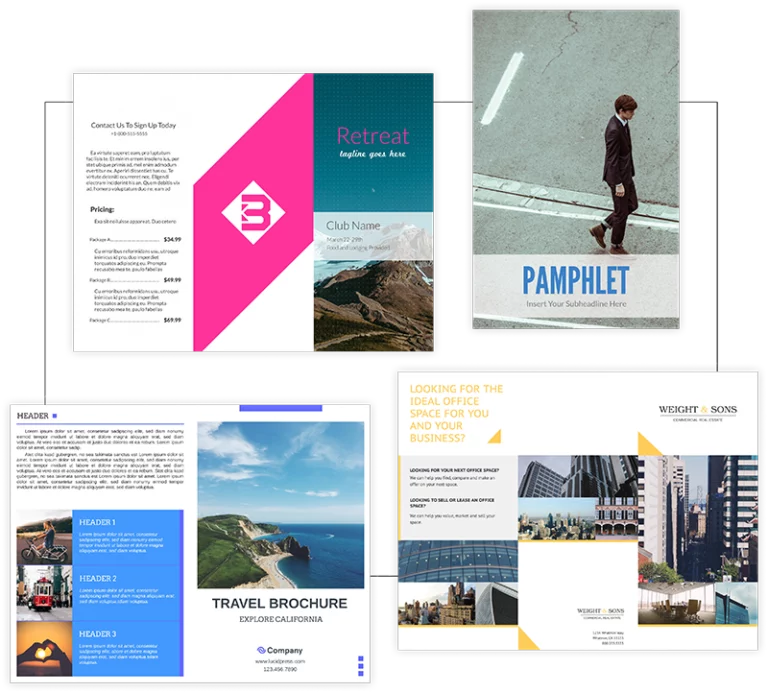
Step 3: Incorporate images
Don’t include images just to say that you did. Make sure that any photos or graphics you include strengthen your argument. If you’re selling something, the photos you include should be high-quality.
Know your photo resources: there are several websites with high-quality free images. Free Range Stock is free; Shutterstock is one of the best paid stock image sites. Unsplash offers 10 free artistic images every 10 days.
You have many options to incorporate your image into your pamphlet. With a design tool like Marq, you can use word wrap, set your image as the background, or make your image transparent or black and white. Many pamphlets use their text as art, in the form of creative titles or other examples of word art.
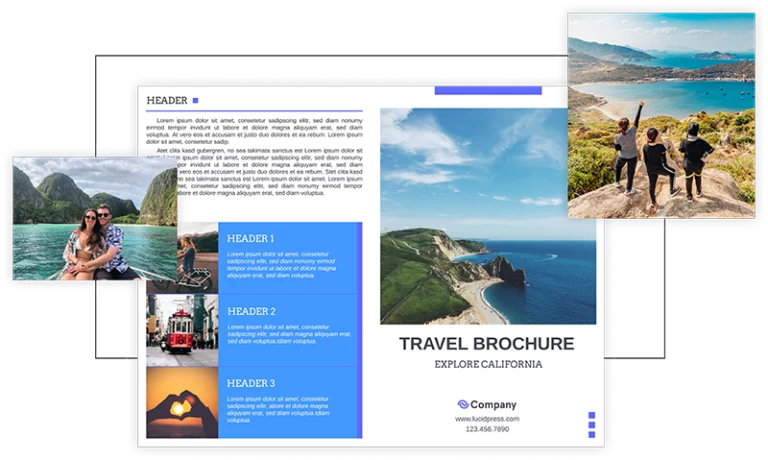
Step 4: Make your pamphlet unified
It is important to keep your audience in mind. Read your finished pamphlet. Is it boring, or does it draw you in? If someone put this pamphlet on your windshield, would you toss it, or would it catch your eye?
Your pamphlet needs to pass the professionalism smell test. Errant typos, cheesy fonts, or grainy images can all alienate readers. Print a test copy!
Condense your message and choose a snappy headline. Your readers should be able to get your point at a glance.
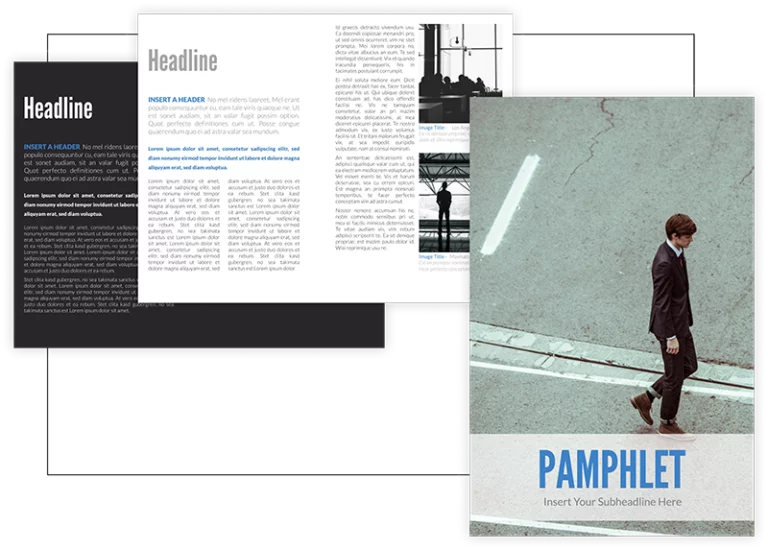
Ready to make your pamphlet?
Persuade your audience with a pamphlet that is professional in appearance and content. When you use Marq to make pamphlets, you get flexibility in layout, Google Docs import, and image search.

